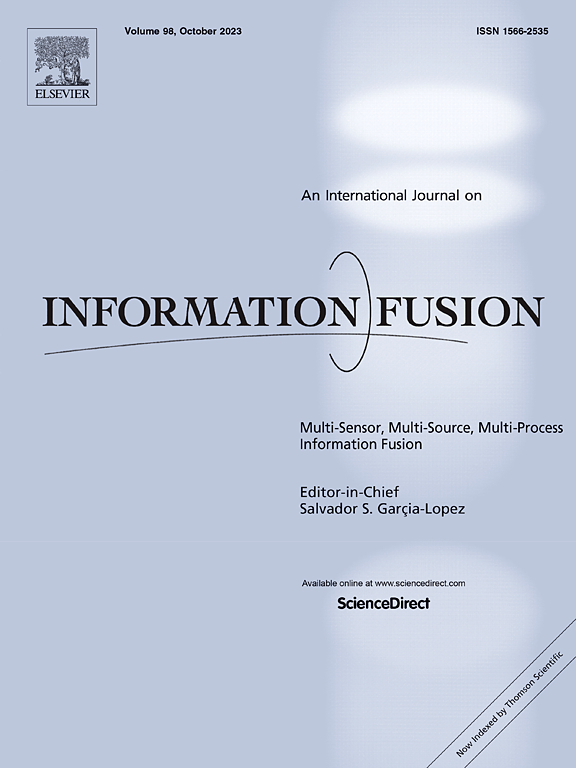CAM2Former: Fusion of Camera-specific Class Activation Map matters for occluded person re-identification
IF 14.7
1区 计算机科学
Q1 COMPUTER SCIENCE, ARTIFICIAL INTELLIGENCE
引用次数: 0
Abstract
Occluded person re-identification (ReID) is challenging since persons are frequently perturbed by various occlusions. Existing mainstream schemes prioritize the alignment of fine-grained body parts by error-prone computation-intensive information, which might come with high estimation error and much computation. To this end, we present the CAMemra-specific Class Activation Map (), designed to identify critical foreground components with interpretability and computational efficiency. Expanding on this foundation, we launched the -guided Vision Transformer, which is termed Former, with three core designs. First, we develop Fusion of CAMmera-specific Class Activation Map, termed Fusion, which consists of positive and negative that operate in synergy to capture visual patterns representative of the discriminative foreground components. Second, to enhance the representation ability of pivotal foreground components, we introduce a Fusion-attention mechanism. This strategy imposes sparse attention weights on identity-agnostic interference discerned by positive and negative . Third, since the enhancement of foreground representations in Former depends on camera-specific classifiers, which are not available during inference, we introduce a consistent learning scheme. This design ensures that representations derived from vanilla ViT align consistently with those obtained via Former. This facilitates the extraction of discriminative foreground representations, circumventing dependencies during inference without additional complexity. Extensive experimental results demonstrate that the proposed method achieves state-of-the-art performance on two occluded datasets (Occluded-Duke and Occluded-REID) and two holistic datasets (Market1501 and MSMT17), achieving an R1 of 74.4% and a mAP of 64.8% on Occluded-Dukes.

求助全文
约1分钟内获得全文
求助全文
来源期刊

Information Fusion
工程技术-计算机:理论方法
CiteScore
33.20
自引率
4.30%
发文量
161
审稿时长
7.9 months
期刊介绍:
Information Fusion serves as a central platform for showcasing advancements in multi-sensor, multi-source, multi-process information fusion, fostering collaboration among diverse disciplines driving its progress. It is the leading outlet for sharing research and development in this field, focusing on architectures, algorithms, and applications. Papers dealing with fundamental theoretical analyses as well as those demonstrating their application to real-world problems will be welcome.
 求助内容:
求助内容: 应助结果提醒方式:
应助结果提醒方式:


